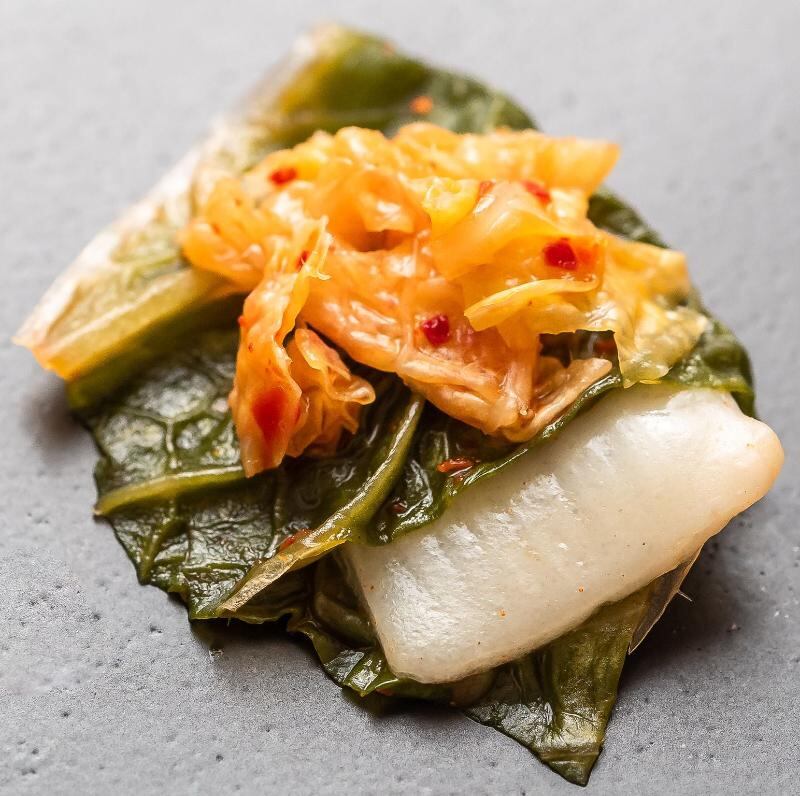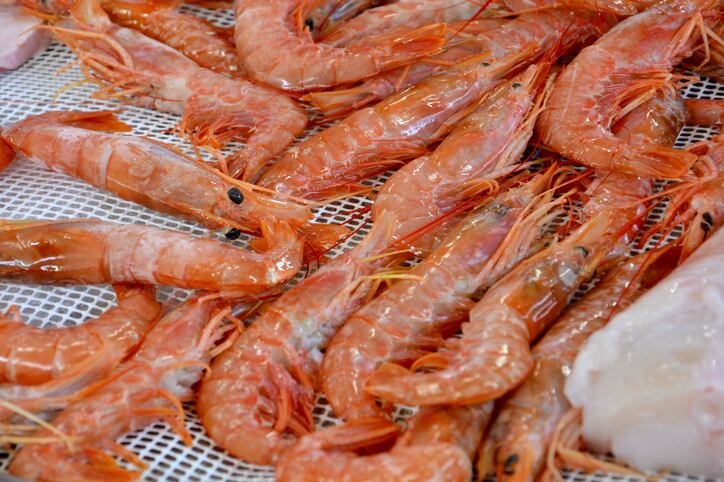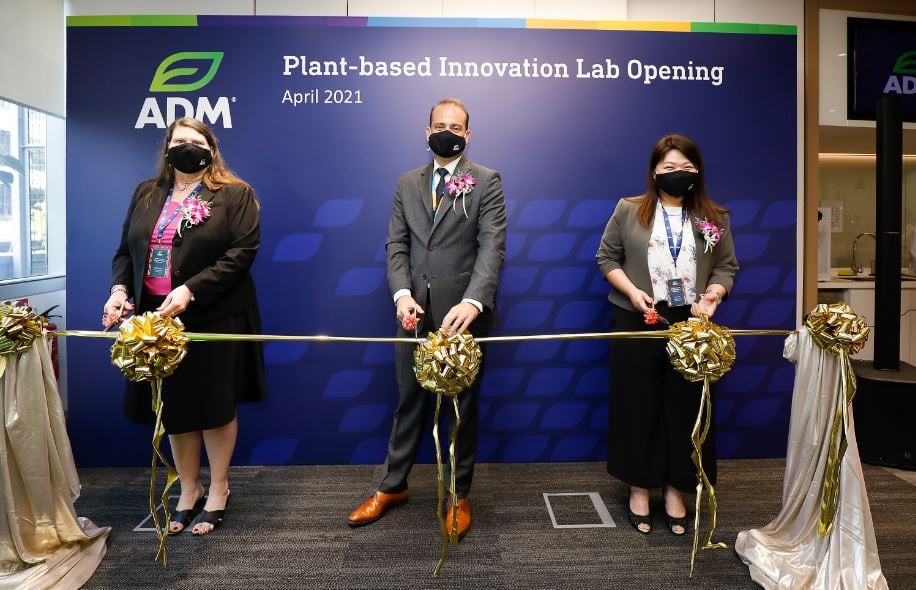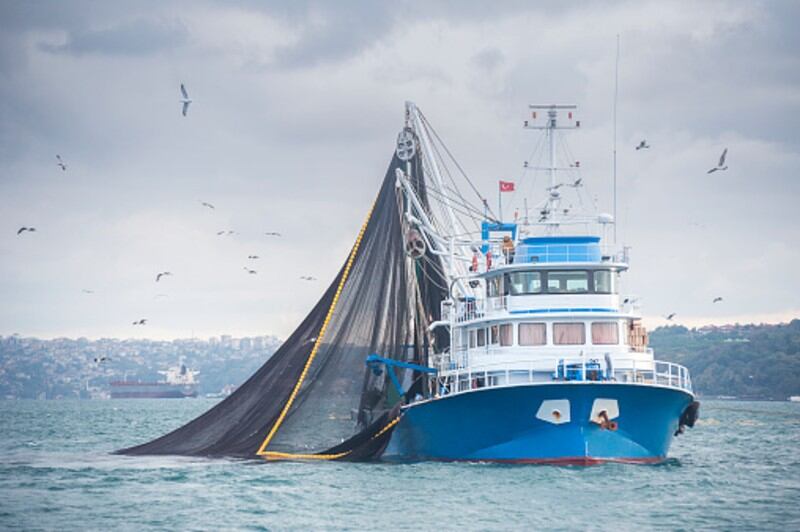BlueNalu’s main focus is on finned fish, and has developed cell-lines from eight different species. It is focusing on just four – Bluefin tuna, red snapper, mahi-mahi and red amberjack – in terms of more commercial work at the moment, but CEO Lou Cooperhouse assured us that this is just the beginning.
“The model we are working on is to overcome the seafood industry’s current bottleneck which is a restricted supply and only being able to sell what it catches,” Cooperhouse told FoodNavigator-Asia.
“What we want to do is be able to sell what people want and be demand-driven instead of supply-restricted – in that sense, based on the type of fish that consumers ask for, even if the species goes on a watch-list or becomes unsustainable to fish for any reason, this won’t be a problem for us and we can just produce the fish based on the cell line on demand, like how one would make bread.
“So we’re looking at eventually having a solid understanding of the entire finned fish category, which makes up a large part of global seafood demand due to overfishing and contamination.”
For its initial commercialisation and launch both in the US and Asia, BlueNalu will in turn be focusing closely on two types of fish: Bluefin tuna and mahi-mahi.
“Mahi-mahi is lean and used in many applications and always cooked, whereas bluefin tuna is fatty and mostly consumed raw as a sashimi – so these two can allow us to showcase our breadth of expertise in this area, e.g. using muscle cells to make the mahi-mahi fillets but bluefin tuna muscle and fat cells to make the sashimi,” said Cooperhouse.
“It is a very long development cycle to establish a stable cell line then move this to product development then to work in bioreactors [so we’re starting with these first].”
BlueNalu also recently signed partnership agreements with F&B heavyweights Mitsubishi Corporation and Thai Union, which Cooperhouse said is a key step in helping the company work out its holistic entry strategy to Asia.
“According to data coming out of the UNFAO, the future of seafood consumption is going to be all about Asia,” he said.
“The population will increase here and the demand will increase here – but what is not going to increase but will decrease is the supply of seafood, and that’s where we come in.
“So these new collaborations will allow us to really understand the marketplace in Asia, in Japan via the Mitsubishi Corporation and in Singapore and its surrounding markets like Malaysia, Thailand, Vietnam, China and so on via Thai Union, so as to figure out our market strategy.
“We need to look at Asia very holistically as the demographics and interests are really varied from different seafood types to different formats, and the regulations are also very different, for example Singapore already has a regulatory framework in place for cell-cultured foods.”
When asked what BlueNalu is eyeing Singapore as its first market in Asia as a launchpad into the region, he said that this depends on a multitude of factors.
“We are really trying hard to identify the logical place to start in the region with optimal conditions and optimal partners, so these collaborations are a toe in the water per se for us to tap on our partners to better understand the consumer base and where we can make the greatest difference,” Cooperhouse told us.
“That said, one of the major factors we are looking for in Asia is somewhere where there is a regulatory framework already in place or at least imminent for cell-cultured foods, so that’s definitely something to consider.
“So we’re not sure just yet whether Singapore will be the place for our first release but we definitely hope to have a physical facility there at some point – and all in all, although we’re setting our first factory up in California first, the plan is for the second facility to be located in Asia.”
Thai Union Global Innovation Director Dr Tunyawat Kasemsuwan told FoodNavigator-Asia that the group’s investment in cell-cultured firms like BlueNalu is a measure of forward planning, as cell-cultured meat and seafood is likely to be the future.
“Today is all about alternative proteins like plant-based protein which can be rolled out quickly, and insect proteins which can be used from feed to food – but looking forward, cell-cultured [meat and seafood] is what can address protein needs without harvesting from animals,’” he said.
“Thai Union knows that we need variety to manage our portfolio well in terms of risk and cost [and cell-cultured firms like BlueNalu] is a way of doing that.”
Thai Union also participated in BlueNalu’s previous financing round and is an investor in the firm.
Price parity
Working with higher value forms of seafood like fillets and sashimi gives BlueNalu an edge in terms of reaching price parity, but according to Cooperhouse, true cost and price drops are on the way in for the industry.
“We certainly have an advantage working with high-value, low-volume forms of seafood as compared to firms working with low-value, higher-volume products like nuggets or fishcakes as price parity is easier to reach, but I am confident that further economies of scale are on the way,” he said.
“This is especially so as the industry moves from pharma grade to food grade materials – right now especially for mammalian cell cultures a lot of the materials used are pharma grade and very expensive and can’t apply for food consumption long-term.
“Food is a business requiring higher volumes and lower costs, so eventually the industry must move to food grade materials, e.g. GRAS-approved materials for food safety and allergen controls – this will likely mean working with food and not pharma suppliers, the ADMs and Cargills of the world setting up large-scale businesses in this area instead of the Mercks – and this will make a real difference to costs.
“I’m confident in the price parity scenario happening more generally as the supply chain switches from the pharma to the food model and for us, we’ve already lowered costs dramatically and are now building our first large-scale factory and when we hit capacity and critical mass/volumes, costs will also be lowered further.
Upon regulatory approval, BlueNalu expects to launch its first cell-cultured seafood products in the United States in 2022. Asia is expected to follow after that, with Cooperhouse stressing that the firm is ‘excited to explore Asian markets from Singapore to South Korea to Japan for launch.”
Nomenclature
BlueNalu also played a crucial role in achieving industry alignment over the use of the term ‘cell-cultured’ for the cell-cultured seafood industry, as opposed to ‘cell-based’ or ‘cultured’, by backing Rutgers professor Dr William Hallman’s research in this area.
“When we were dealing with the FDA, we realised that nomenclature was really an issue as there was something like 100 different names floating around at the time, from lab-made to suffering-free to slaughter-free and really, not all of them were nice,” said Cooperhouse.
“So we saw that we needed a more neutral term and in Dr Hallman’s research, the aim was to make sure consumers knew what they were getting, e.g. to know from the name whether the product is allergenic (it’s a yes if they have a seafood allergy) and that it’s a third category of seafood, not wild-caught or farm-raised.
“We couldn’t use the term ‘cultured’ as seafood is a bit different from terrestrial animals, and ‘cultured’ could be mistaken as farm-raised’, so it was decided that ‘cell’ needed to be added in front of it. Dr Hallman published the research and the National Fisheries Institute along with the Alliance for Meat, Poultry and Seafood has now written a letter to the FDA expressing support for ‘cell-cultured’ as an industry-aligned term.”
Cooperhouse believes that this research can apply beyond seafood to other types of cell-cultured meats, and also believe this concept can stretch across geographies to also apply in Asia.
“We did a presentation on this nomenclature research to the Center for Rule-making Strategies (CRS) in Japan – though we understand this might not apply wholesale, what we are suggesting is that other nations also have their own research and methodology when approaching this nomenclature issue,” he said.
“The key thing to make sure of is that this term can also convince the local conventional agricultural and aquacultural industries, such that they will view cell-cultured products as an industry supplemental and not in competition with them.”





